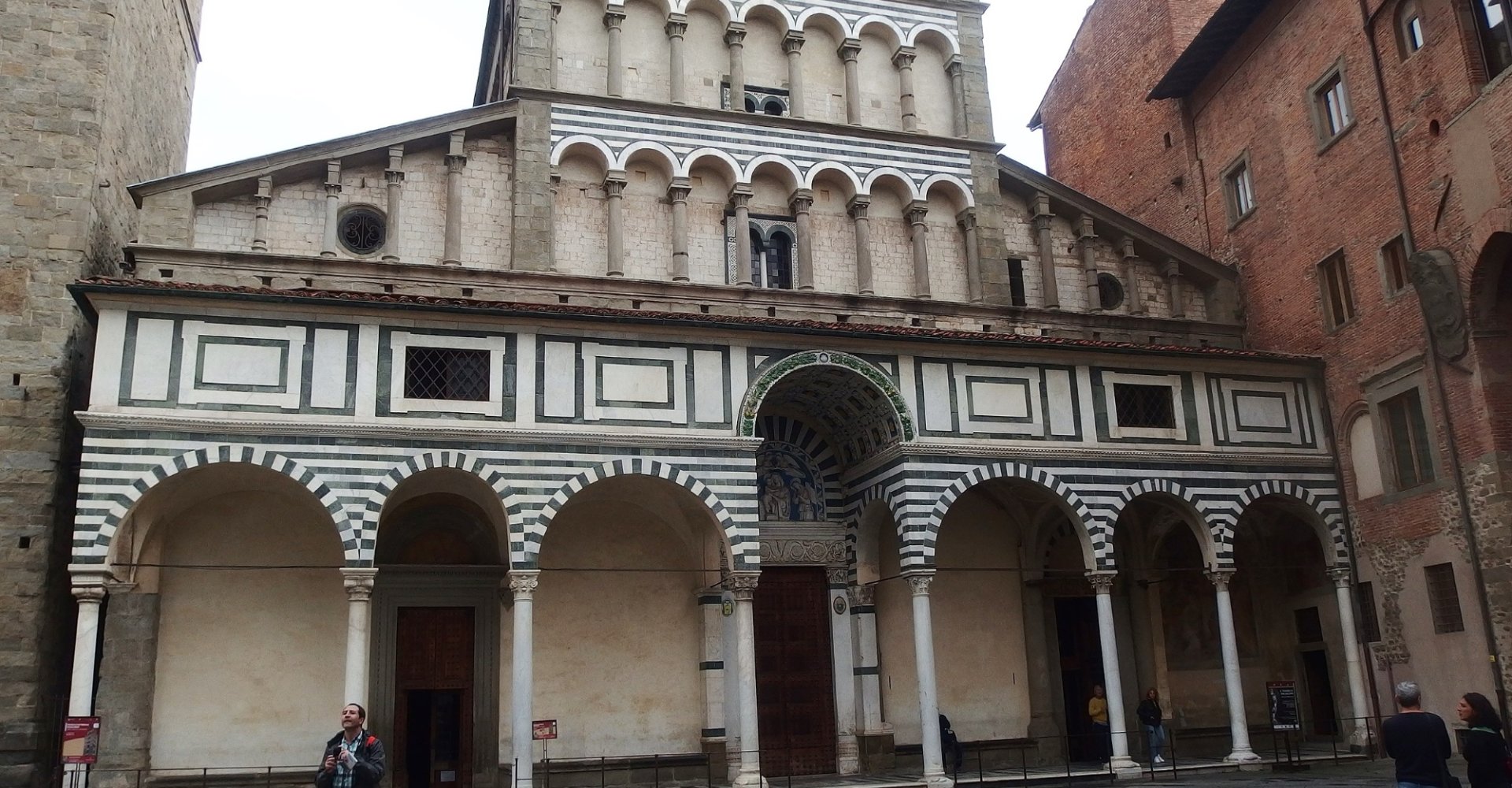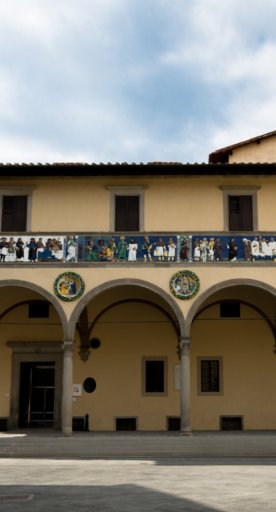
Photo © Palickap
Photo © Palickap
San Zeno Cathedral in Pistoia
church
Churches
A Romanesque cathedral that dates back to the Early Middle Ages
The first written evidence of San Zeno cathedral is in a legal document dating September 923. The church was already built in the Early Middle Ages and is said to have been named after San Martino, the bishop of Tours who died in 397. The church was subsequently re-named after San Zeno, who was much loved by the leading Longobard population. Other saints associated with this church are San Felice, San Ruffino and San Proculo.
The Duomo, next to the beautiful bell tower, was completely renovated at the start of the twelfth century. Other smaller maintenance and restructuring works were carried out over the sixteenth century. The most recent renovation was made between 1836 and 1839. The church was restored to its twelfth century splendour between 1952 and 1966 by the ‘Soprintendenza ai Monumenti’ (Historical Monument Superintendent).
The Duomo, next to the beautiful bell tower, was completely renovated at the start of the twelfth century. Other smaller maintenance and restructuring works were carried out over the sixteenth century. The most recent renovation was made between 1836 and 1839. The church was restored to its twelfth century splendour between 1952 and 1966 by the ‘Soprintendenza ai Monumenti’ (Historical Monument Superintendent).

San Zeno façade - Credit:
kristobalite
This imposing cathedral is built in Romanesque style with three naves divided by stone pillars, a raised presbytery and crypt. The central nave has fourteenth century wooden ceiling. An important part of the ancient structure was replaced between 1598 and 1614 by a large platform below the dome and two side chapels. The grand Baroque platform was designed by the Pistoiese architect Jacopo Lafri. The frescos which decorate the vaults and the walls are by Domenico Cresti and Pietro Sorri. The panel paintings that complete the cycle are by Cristoforo Allori (The Resurrection), Gregorio Pagani (The Pentecost) and Benedetto Vali (The Ascension).
The Cathedral of San Zeno, interior - Credit:
Etienne
The cathedral’s original façade was based on the Romanesque style of other churches in Pistoia such as San Bartolomeo and Sant’Andrea. Over the centuries, alterations have been made to the façade to make it like we see it today.
The portico, which includes a terracotta Madonna and Child by Andrea della Robbia, was built between the fourteenth and fifteenth centuries. Visitors should take time to study the two marble statues of Saint Jacopo and Saint Zeno, the cathedral’s patron saints. They were respectively sculpted by Andrea Vaccà and Jacopo di Mazzeo.
More attractions in Pistoia









